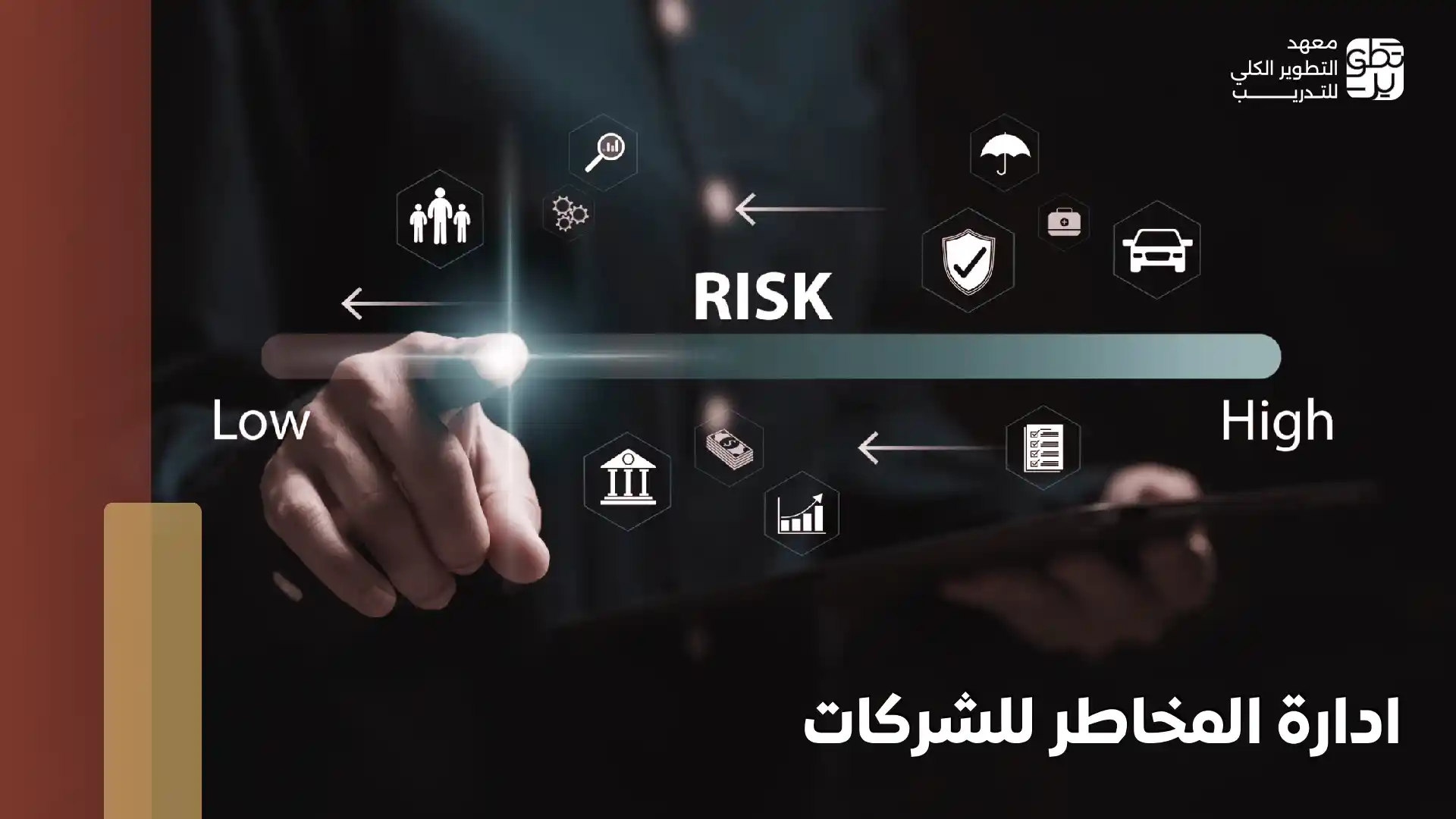
Have you ever started a new project and felt anxious about potential obstacles? Do you wonder how large companies maintain their stability and growth during crises? The answer lies in a fundamental and powerful concept: risk management.
What is Risk Management?
Risk management can be defined as a structured process aimed at identifying potential threats an organization may face, analyzing their impact, and creating plans to mitigate or manage them effectively. When we ask "What is risk management?" the answer is simple: it is a strategic tool that helps organizations prepare in advance and avoid unexpected surprises.
This process involves key steps such as identifying risks, assessing the likelihood of their occurrence, creating response plans, and continuously monitoring the results.
Understanding risk management is essential for any organization aiming for safe growth and achieving its goals with confidence. Therefore, if you are a manager looking to enhance your knowledge in this field, it is crucial to supplement your understanding with academic study that ensures you have a comprehensive grasp of this specialty and the best practical tools for implementing it effectively.
The Importance of Risk Management
After discussing the definition of risk management and understanding what it entails, it is essential to recognize that any organization is susceptible to unexpected challenges that could affect its goals and outcomes. Risk management provides the ability to prepare and minimize losses. Its importance can be summarized in the following points:
- It helps protect financial and human resources from the impact of crises.
- It reduces the likelihood of errors and minimizes their impact if they occur.
- It ensures the continuation of work in an organized manner even during tough conditions.
- It enhances customer and partner confidence in the organization's ability to handle challenges.
- It contributes to making decisions based on realistic analysis rather than guesswork.
From here, we can understand the significance of risk management and how its steps can be applied in any field, a concept offered by distinguished training institutes through their specialized programs and courses.
Risk Management Steps
When we explore what risk management is, we find it to be a structured process that helps organizations handle challenges before they turn into crises. To achieve this, there are essential steps:
- Identifying Risks: The process begins by gathering information and identifying all potential threats, whether internal or external.
- Assessing and Analyzing Risks: Here, the scale of each risk is assessed in terms of its likelihood of occurrence and impact on the business.
- Response Planning: Strategies are created to handle each type of risk, such as minimizing, avoiding, or transferring it to another party.
- Implementation and Monitoring: The plans are put into action, and results are monitored regularly to ensure their effectiveness.
- Review and Development: The plan is continuously updated to align with changes and new circumstances.
These steps make organizations more prepared to face any challenge. For those wishing to learn advanced techniques on risk management and how to integrate it with crisis management, specialized training institutes offer courses that enhance the ability of individuals and organizations to tackle challenges effectively.
Difference Between Risk Management and Crisis Management
Many people ask: What is risk management and what is the difference between it and crisis management? While both fields are related, there are fundamental differences that clarify the nature of each. Risk management focuses on early preparation and minimizing the impact of future challenges, while crisis management aims to deal with sudden events that may disrupt business operations. The following table highlights the main differences between them:
|
Element |
Risk Management |
Crisis Management |
|
Focus Area |
Anticipating potential risks, analyzing them, and planning to mitigate them |
Acting quickly to handle crises as they occur and recover from them |
|
Goal |
Reducing the impact of future risks with preventive strategies |
Ensuring business continuity during a crisis and returning to normal operations |
|
Timing |
Begins before the risk occurs as a precautionary measure |
Begins immediately after the crisis occurs as an urgent response |
|
Scope |
Broader as it deals with a wide range of potential risks |
Narrower as it focuses on immediate and urgent crises |
|
Strategies |
Avoiding, reducing, sharing, or accepting risks |
Emergency plans, communication management, and recovery procedures |
|
Results |
Improved decision-making and better resource allocation |
Continued operations and strengthening reputation after overcoming the crisis |
Recognizing the differences between these two areas helps organizations build more effective systems for handling challenges, whether anticipated or sudden. Those interested in further learning can do so through specialized programs in this field.
Importance of Crisis Management
Organizations sometimes face sudden crises that threaten the flow of operations or the entire reputation of the entity. Here, understanding what risk management is and how to apply it is not enough, as the role of crisis management becomes a critical part of understanding risk management. Crisis management helps organizations handle emergency situations in an organized manner.
- Crisis management ensures that there are contingency plans that reduce the impact of any sudden halts in operations.
- Every minute during a crisis can be costly, and pre-planning helps minimize these losses.
- Quick response and transparency in dealing with the crisis boost customer and public confidence.
- Having a clear crisis management mechanism speeds up decision-making.
- Training on various scenarios makes employees more prepared to handle any situation.
How to Manage Crises
Crisis management is an essential part of risk management and understanding the detailed definition of risk management. It helps organizations face unexpected situations and minimize their negative impact. Managing crises requires clear vision and practical steps that can be followed.
The process of crisis management includes the following:
- Understanding the nature of the crisis and its primary cause is the first step in controlling it.
- Forming a specialized crisis management team, which facilitates quick and effective decision-making.
- Creating a clear response plan that includes roles, responsibilities, and immediate execution steps.
- Communicating information to employees, customers, and partners reduces rumors and increases trust.
- After each step, reviewing results and making necessary adjustments to keep up with the crisis's evolution.
- Learning from past experiences helps improve future plans.
In conclusion, after understanding what risk management is, it becomes clear that it is a fundamental tool for protecting organizations from unexpected losses. It is not just about identifying risks; it also involves creating preventive strategies and contingency plans that help make better decisions. If you aim to strengthen your organization and ensure its continuity amid challenges, start today by systematically and thoughtfully applying the principles of risk management.
Frequently Asked Questions
Why is crisis management important?
It ensures business continuity and helps organizations face emergencies with minimal losses.













